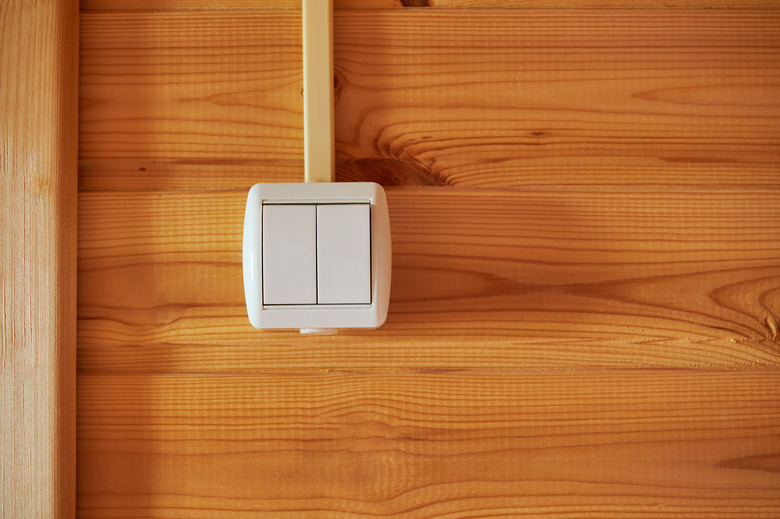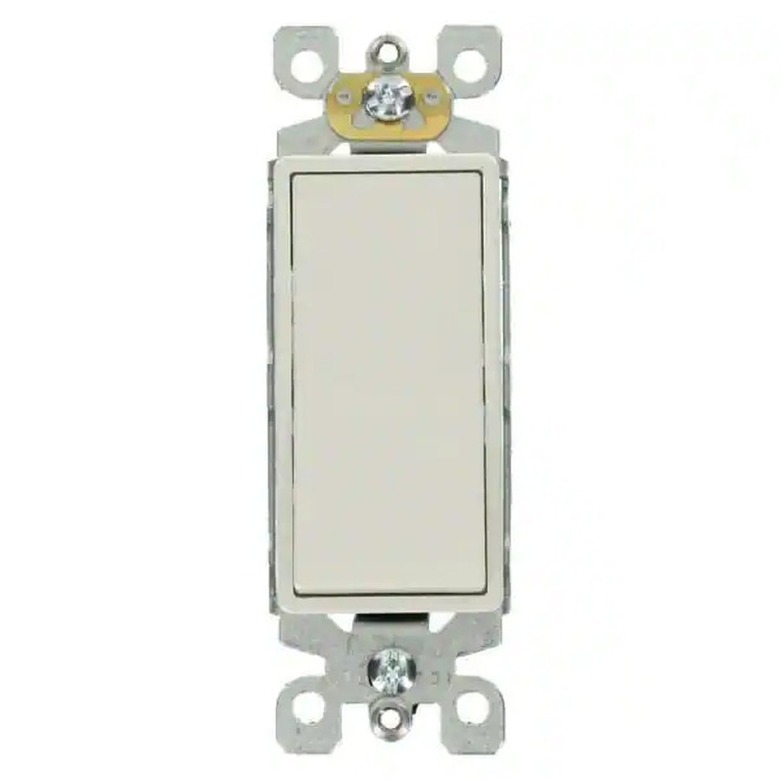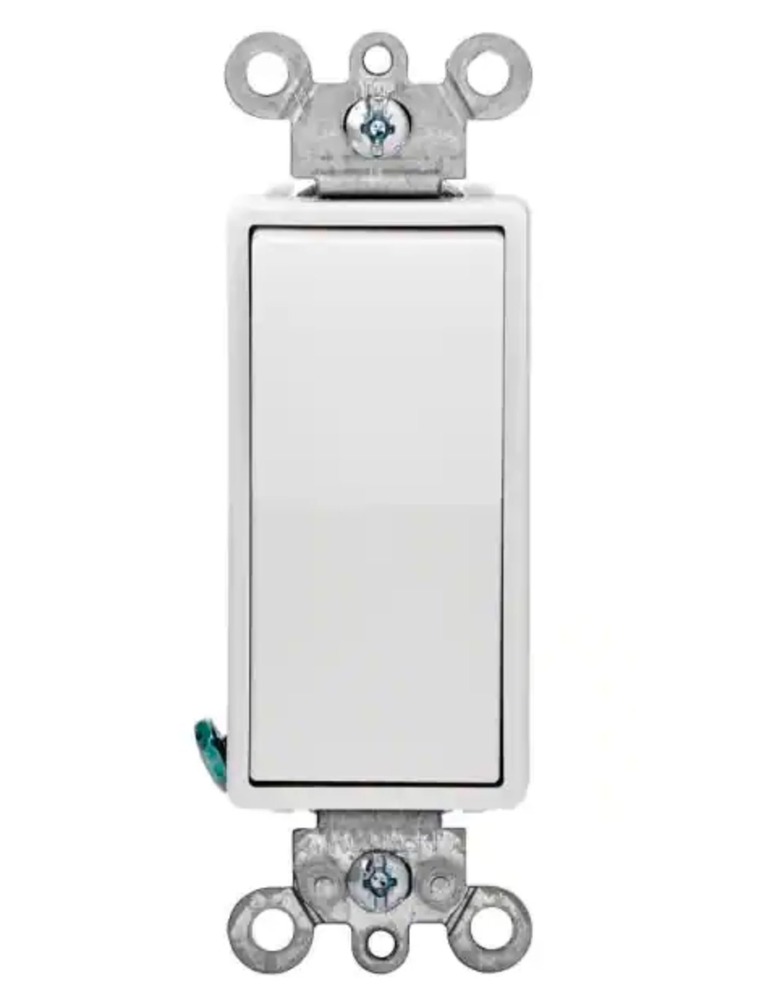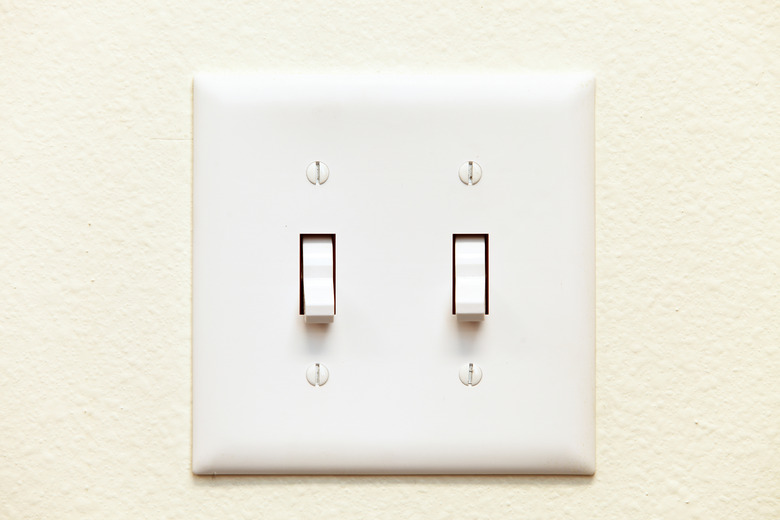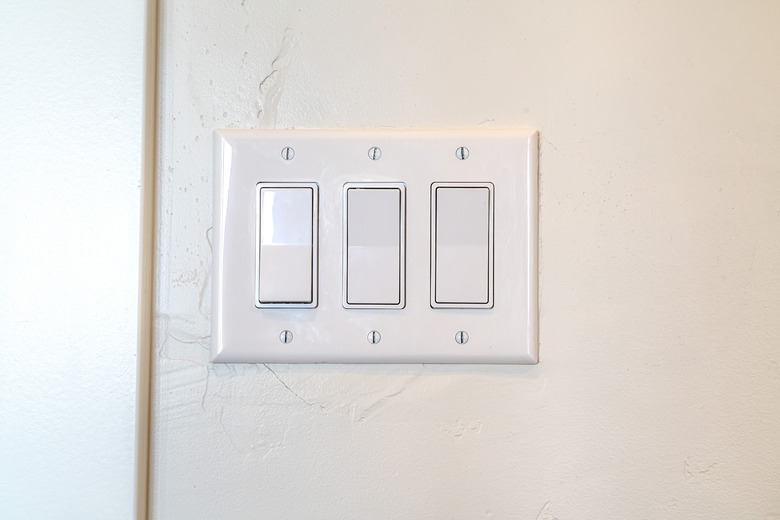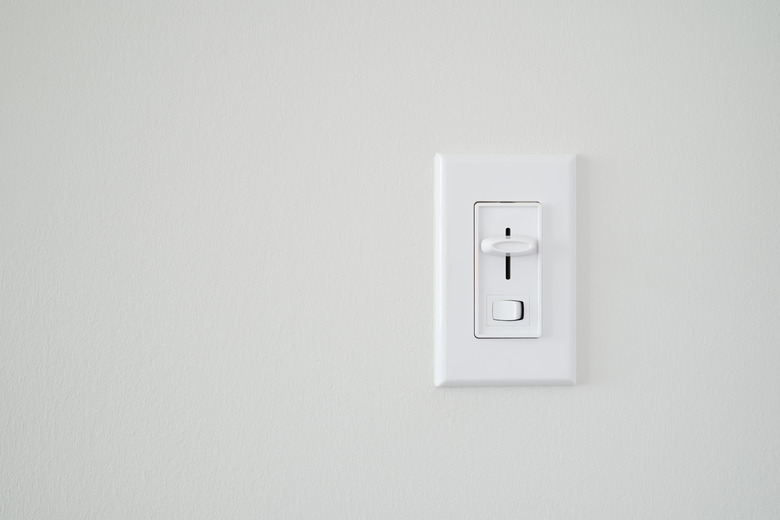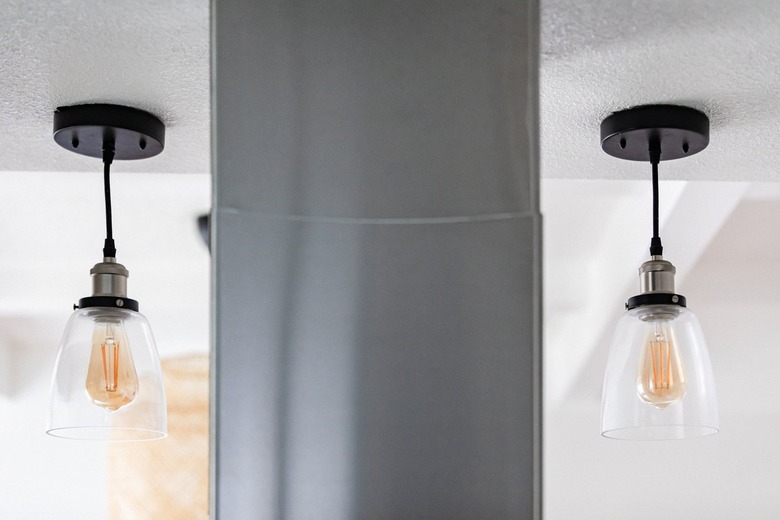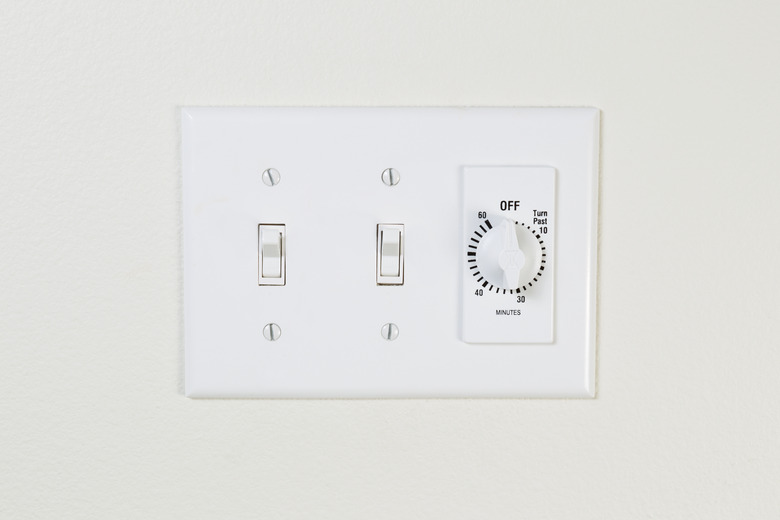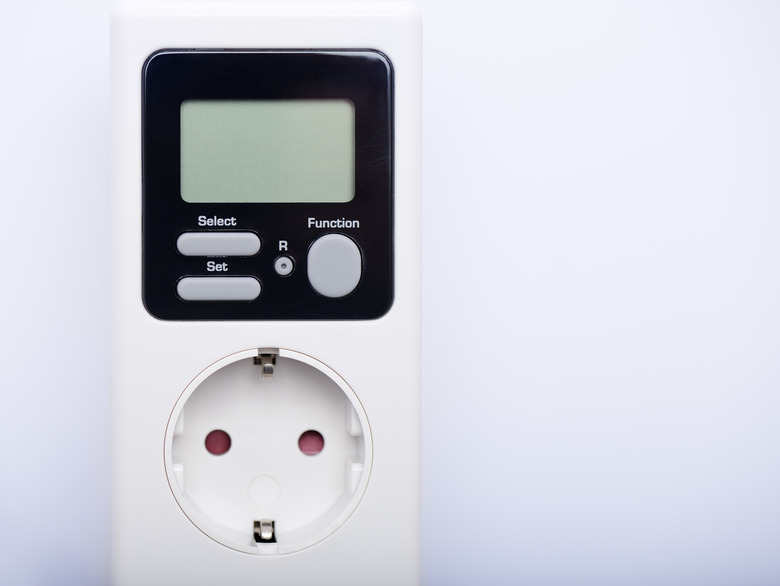11 Types Of Light Switches: A DIY Guide
We may receive a commission on purchases made from links.
Ask most people to name different types of light switches, and they will likely mention toggle switches and dimmers. But these days, an array of different options are available to consumers, with different appearances, wiring, programming capabilities, and functions. Knowing the differences between these types of light switches can help you decide which one is best for your home lighting needs. But remember that whatever switch you choose will still fulfill one primary function: turning electricity on or off by completing or breaking a circuit.
Here are the 11 types of light switches you should know.
1. Single-Pole Switches
1. Single-Pole
Switches
Single-pole switches are the most common type of light switch. These switches have the most straightforward wiring method, as they feature two terminal screws and a grounding screw for the ground wire, meaning they can only be used to control one light fixture or electrical outlet from a single location. Because they are so simple, they are also the easiest to install. Single-pole switches are also the most affordable.
2. Three-Way Switches
2. Three-Way Switches
Three-way switches have three terminal screws and a grounding screw. These multiway switches need to be installed in pairs, as they are typically installed near each door in rooms with two entry points, the top and bottom of stairways, and each side of hallways. Having multiple switches in different locations allows you to control the lights from more than one location so you don't have to walk across a large room or corridor in the dark to turn on the lights.
3. Four-Way Switches
3. Four-Way Switches
A four-way switch is installed in conjunction with a pair of three-way switches to provide an additional switch location — for a total of three locations — for the same light or lights. These are less common than three-way switches, but there are still plenty of situations where they are helpful. For example, a four-way switch can make it easier to light up expansive rooms with multiple entryways, three-story staircases, or long hallways with numerous doors.
4. Toggle Light Switches
4. Toggle Light
Switches
A toggle switch is what most people think of when they imagine a light switch, and they are the most common style. Any type of light switch wiring configuration can be controlled using a toggle switch, and regardless of the wiring below the wall plate, they will typically all look the same once installed. Most toggle switches have the words "on" and "off" on the toggle piece, but three-way and four-way switches do not because they can be on or off in either the up or down position.
5. Rocker Electrical Switches
5. Rocker Electrical Switches
The rocker switch, sometimes called a decorative switch, has the same function as a toggle switch, but its flat, wide shape looks more sleek and modern. Many people prefer rocker switches because they are easier for kids to operate and won't snag on clothing. Rockers are also preferred when accessibility is important because they do not require finger dexterity and are easier to use than dials or even toggles. The downside is they don't work well with vintage décor styles.
6. Lighted Electric Switches
6. Lighted Electric Switches
Both toggle and rocker switches can be internally illuminated with an LED light that comes on when the switch is off. These lighted switches are often installed in bathrooms and nurseries, where they serve a similar purpose to a nightlight. They're also great for dark areas, like basements, crawl spaces, and storage rooms.
7. Dimmer Light Switches
7. Dimmer Light Switches
Traditional light switches are an all-or-nothing lighting solution, which is usually fine, though there are some occasions where you might want to be able to adjust the lighting in a room to create a specific kind of atmosphere. This is where the dimmer switch comes in. Installing dimmers is no different from installing standard switches, and most quality dimmers these days are designed to work with LED, CFL, and incandescent light bulbs but double-check to make sure. LEDs and CFLs must be labeled "dimmable" if you want to use them with a dimmer switch.
There are three main types of light switches with dimmer capabilities:
- A rotary switch is the most common variety. It features a round knob that can be
rotated to increase or decrease the light emitted by a fixture. - A sliding dimmer increases the lighting levels when pushed upward and reduces the
brightness of a fixture when pushed downward. These switches may power off the electricity
when pushed to the bottom or feature a power switch above or below the slider
to power the lights on or off. - If you prefer a rocker or toggle switch to a dial, you can buy a switch dimmer, which has a discreet little sliding tab that allows you to adjust the light level, and otherwise, the switch works just like a standard on/off switch.
8. Motion-Sensor Switches
8. Motion-Sensor Switches
Also called an occupancy sensor, a motion-sensor light switch uses a motion detector to help determine if anyone is in the room or not. When it senses someone has entered, it will turn the lights on, and when it no longer detects movement, it turns the lights off. It will also feature a push button or sliding switch to allow you to manually power the lights on or off as you choose.
Most people who have worked in office buildings are familiar with motion-sensor lights because they are frequently used in business settings to reduce energy usage by powering off the lights in unused rooms. They offer the same benefits at home since they can help you save energy when a room is not in use. In residential settings, motion-sensor switches are commonly used in kids' rooms where little ones frequently forget to turn off the lights and in storage spaces, like garages or basements, where people often enter or leave with full hands, making it difficult to operate a light switch.
9. Smart Light Switches
9. Smart Light Switches
Installing smart switches in your home means you can control lights across the house with Alexa or even across the globe with an app on your smartphone. These devices connect to your home internet through Wi-Fi, but you can also control the lights manually using a standard toggle or rocker switch.
If you regularly go out of town, a smart switch can help make it appear that you are home while you're on vacation since you can set a schedule that makes your interior and outdoor lights turn on at sunset and turn off when you typically head to bed. Alternatively, if you frequently come home after dark at the same time every day, you can create a schedule that will ensure the lights are on when you get home so you no longer have to stumble around your house in the dark.
Tip
Many smart switches require connection to a neutral wire, which standard switches do not require. If you're replacing a standard switch with a smart switch, make sure there is a neutral wire available in the switch box.
10. Timer Electric Switches
10. Timer Electric Switches
Many different types of light switches utilize timers, but what they all have in common is that they allow you to set your lights to shut off at a specific time. The most basic of these switches feature a spring-wound knob or a series of buttons with different time intervals printed on them. To operate these switches, you either turn the knob or push the button to your desired time indicator, leaving the power to shut off after the clock runs out.
Many people have seen timer switches used in schools or offices, but in homes, they are best used for bathroom exhaust fans, as they allow the fan to continue running for a set amount of time after you leave. They can also be handy in rooms you frequently exit with full hands, such as closets, basements, or garages.
11. Programmable Light Timers
11. Programmable Light Timers
Another type of timed electrical switch is the programmable light timer. These are like a low-tech smart switch, as they allow you to program a lighting schedule but don't require Wi-Fi or an app. Like smart switches, programmable light timers can be handy when you go on vacation, if you regularly return home after dark, or if you want to make sure all your lights turned off after you go to bed.
